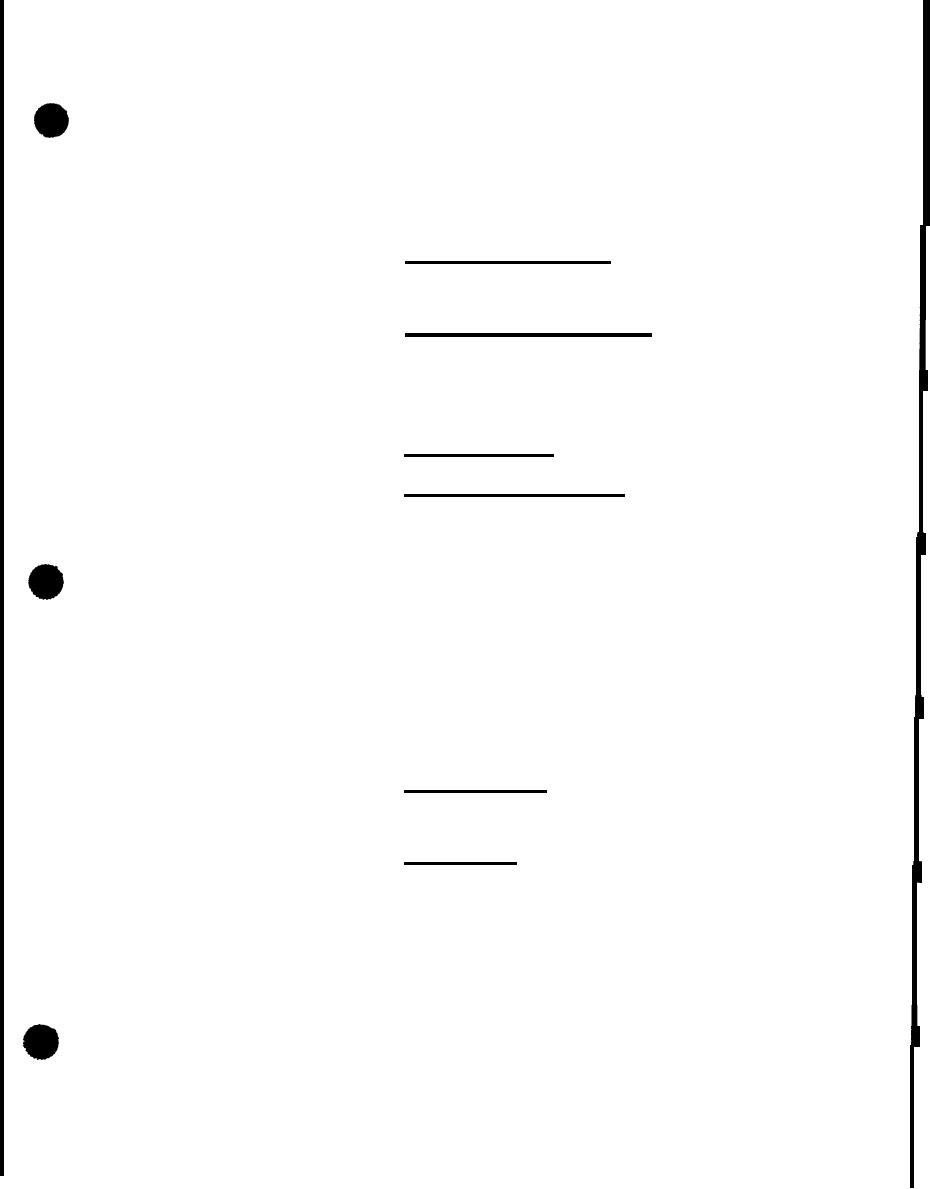 |
|||
|
|
|||
| ||||||||||
|
|  MIL-H-8891A
entering and emerging from closed compartments, to facilitate maintenance
work. (The direction of flow shall be clearly indicated on the lines
leading to and from each component requiring unidirectional flow, such as
check valves. If the lines are not visible, a permanent marking on the
structure immediately adjacent to the component shall be provided which
indicates direction of flow through the component for proper installation.)
Where fittings are located in members such as bulkheads and webs, each
fitting location shall be identified (placard) as to system function, wing
the same terminology as on its connecting line. (Especially conspicuous
identification shall distinguish dual parallel systems piping where they
are in close proximity to each other.)
*
Tubing flares and assembly - Tubing flares shall con-
3.11.3.3
form to MS33583 or MS33584. When installing tube connections care should
be exercised to keep the wrench torque used to assemble each joint within
the limits specified or MS21344. Aluminum-alloy fittings shall not be used.
Tubing pre-stress (Autofrettage) . Each cold drawn,
3.11.3.4
stress relieved titanium tube assembly shall be pre-stressed by the l pplica- .
tion of pressure to within approximately 5% of the minimum yield strength.
This process may be performed on the bench or in the aircraft. This process
can also be applied to other tubing materials such as stainless steel and
aluminum. The benefits to be derived from this process is improved fatigue
life and ovality reduction.
.
*
Tubing installation - Tubing shall be installed in
3.11.4
accordance with ARP 994.
Location of hydraulic tubing - Hydraulic lines shall
3.11.4.1
not be installed in the cockpit or cabin and shall be remote from personnel
stations. In addition, hydraulic lines shall be located remotely from
exhaust stacks and manifolds; electrical radio, oxygen, and equipment lines;
and insulating materials. In all cases, the hydraulic lines shall be below
the aforementioned to prevent fire from line leakage. Hydraulic lines shall
not be grouped with lines carrying other fhammable fluids in order to prevent
inadvertent cross connection of different systems. Hydraulic drain and vent
lines shall exhaust in areas where the fluid will not be blown into the
vehicle, collect in pools in the structure or be blown onto or near exhaust
stacks, manifoldsf or other sources of heat. Tubing shall be located so
that damage will not occur due to being stepped on, used as handholds, or
by manipulation of tools during maintenance. Components and lines shall be
so located that easy accessibility for inspection, adjustment, and repair is
possible. Hydraulic tubing shall not be used to provide support of other
aircraft installations such as wiring} other aircraft tubing or similar
installations. Attachment of so-called marriage clamps for spacing of such
installations is likewise prohibited.
Tubing connections - Where two or more lines are
3.11.4.2
attached to a hydraulic component and incorrect connection of lines to the
component is possible, the two lines shall be sufficiently different to
.
prevent such an occurrence.
3.11,4.3
Tubing supports - All hydraulic tubing shall be sup-
ported from rigid structure by tube clamps in accordance with MIL-C-85052
clamps or by suitable multiple block-type clamps. Where temperatures
make the MIL-C-85052 clamp unsatisfactory clamps suitable for the .
temperature Involved shall be used as approved by the procuring activity.
Supports shall be placed as near as practicable to bends to minimize
overhand of the tube. Recommended spacings between supports are
29
|
|
Privacy Statement - Press Release - Copyright Information. - Contact Us |